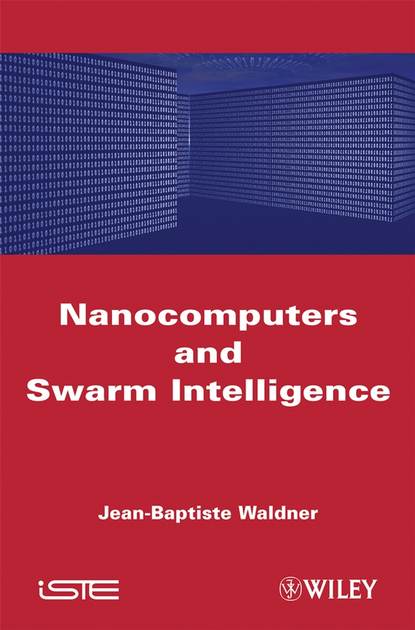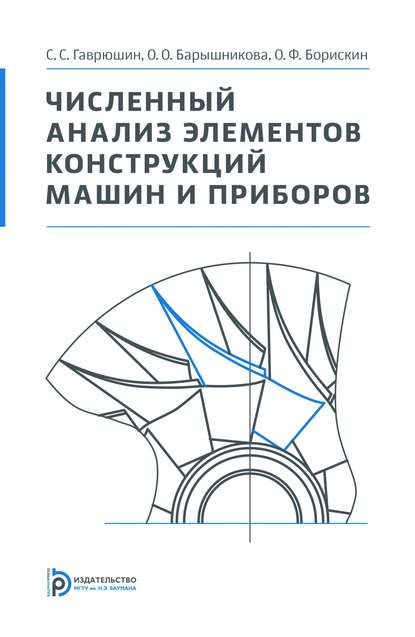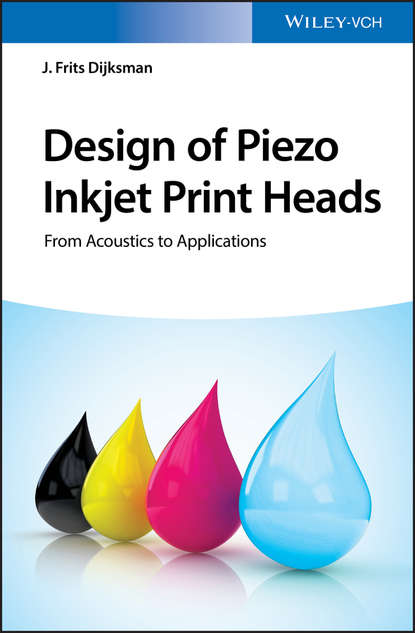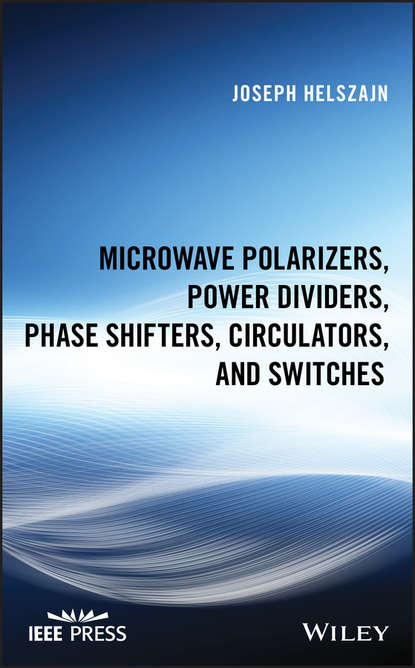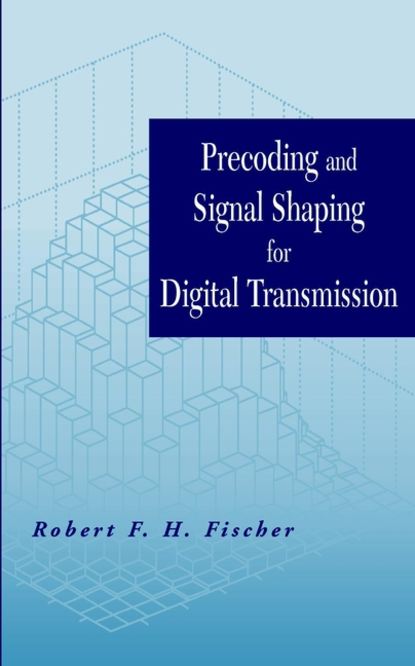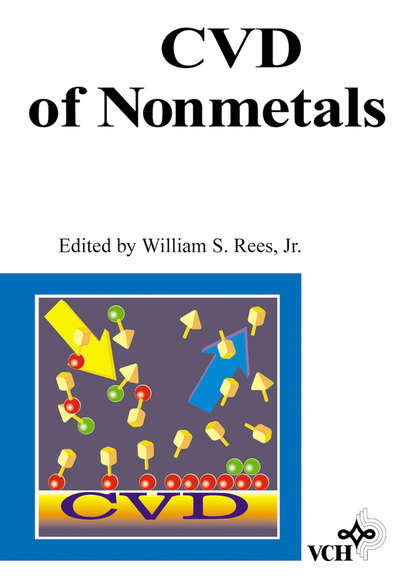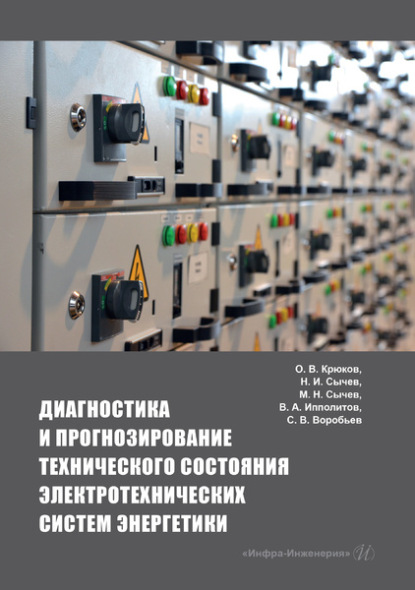За последние 50 лет мощность интегральных схем продолжала расти. Однако эта производительность в конечном итоге достигнет своего физического предела. Какие новые способы тогда появятся для разработки еще более мощных и современных систем? Эта книга знакомит с принципами квантовых вычислений, использованием нанотрубок в молекулярных транзисторах и вычислениях на основе ДНК. В ней предлагаются новые методы производства для 21 века и представлены новые архитектурные модели - от самых традиционных до самых радикальных. Используя хронологическую тему, книга объясняет наше неизбежное вхождение в мир наноустройств: от транзистора 1948 года до микросхемы. В заключение авторы предвосхищают изменения в повседневной жизни: инвестиции, влияние на кодирование, внедрение систем нановычислений и трансформацию ИТ-рабочих мест.
For the past 50 years, computer power has continued to improve. But after a while it will reach limitations imposed by the laws of physics. How can we go beyond this? This book discusses the principles and possibilities of quantum computing, how to use molecular structures (nano-tubes) and deoxyribonucleic acid (ADN) to create computing systems. The book also proposes newer methods of fabricating devices for the twenty-first century and explores new architectures, from those that are most common to those that are very radical. The theme of the book is chronological, tracing the inevitable journey to creating nanodevices: starting with the transistor from 1948 and ending with a discussion of some of the expected changes in work, software engineering, and job opportunities in IT.
Электронная Книга «Nanocomputers and Swarm Intelligence» написана автором Jean-Baptiste Waldner в году.
Минимальный возраст читателя: 0
Язык: Английский
ISBN: 9780470393550
Описание книги от Jean-Baptiste Waldner
For the last 50 years, the power of integrated circuits has continued to grow. However, this performance will end up reaching its physical limit. What new ways will then be available to develop even more powerful and up-to-date systems? This book introduces the principles of quantic computing, the use of nano-tubes in molecular transistors and ADN computing. It suggests new fabrication methods for the 21st century and introduces new architecture models, ranging from the most conventional to the most radical. Using a chronological theme, it explains our unavoidable entry in the nano-device world: from the 1948 transistor to the microchip. It concludes by anticipating the changes in daily living: investments, impact on coding activities, nanocomputing systems implementation and IT job mutation.
